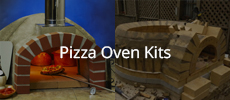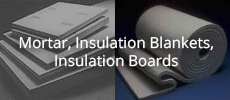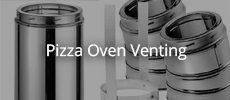Originally posted by david s
View Post
Regarding stainless steel: I used 316 grade stainless for my oven door's inner skin and have not had any issues with warping. This is thin steel, around 1mm thick. For the face away from the oven, I've used galvanised steel, but the insulation inside the steel box means that the galvanised parts do not see much heat. On the outside, I have a 30mm plywood skin and while that has charred a little at the very top edge, it's worked well.






Leave a comment: